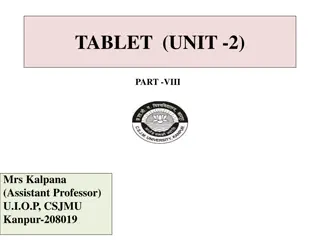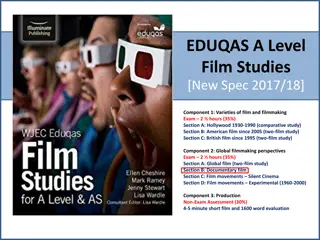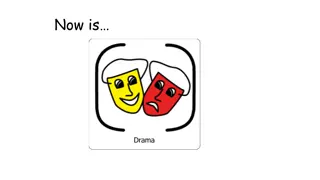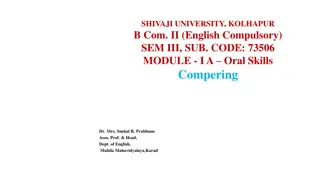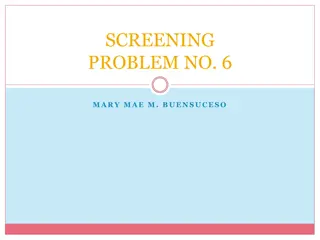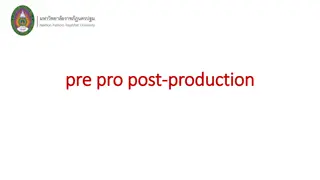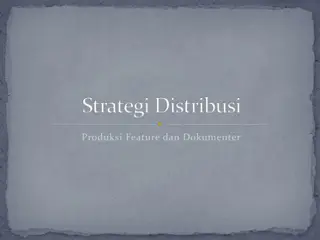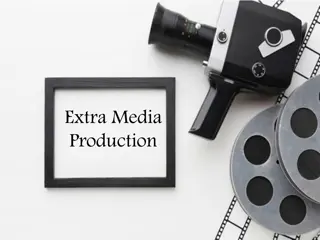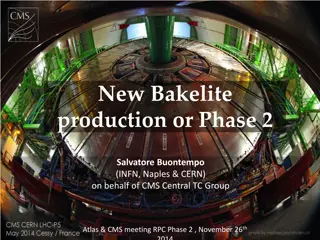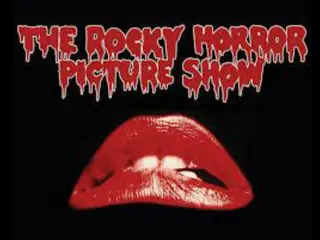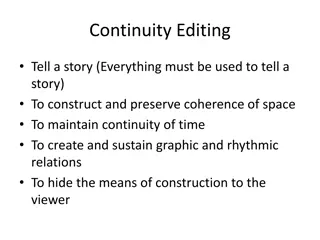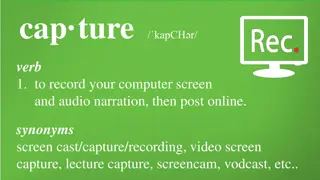The Process of Film Production: From Script to Screen
Explore the intricate stages of film production, from script development to post-production editing and distribution. Learn about the creative roles like directors and distributors that shape a film's journey from concept to audience viewing.
Download Presentation

Please find below an Image/Link to download the presentation.
The content on the website is provided AS IS for your information and personal use only. It may not be sold, licensed, or shared on other websites without obtaining consent from the author. Download presentation by click this link. If you encounter any issues during the download, it is possible that the publisher has removed the file from their server.
E N D
Presentation Transcript
KNOWLEDGE OF FILM
FILM PRODUCTION The four industrial stages of constructing a film from scripting to final edit.
DEVELOPMENT The script is written and drafted into a workable blueprint for a film.
PRE-PRODUCTION Preparations are made for the shoot in which storyboards are created, cast and crew are hired, locations are selected, and props and sets are built.
PRODUCTION The raw elements for the finished film are recorded.
POST-PRODUCTION The film is edited; production sound (dialogue) is edited, music tracks (and songs) are composed, performed and recorded; sound effects are designed and recorded; and any other computer- graphic 'visual' effects are digitally added, all sound elements are mixed into "stems" then the stems are mixed then married to picture and the film is fully completed ("locked").
SCREENPLAY The film script that includes dialogue and each chronologically ordered scene in the plot.
SALES AND DISTRIBUTION The film is screened for potential buyers (distributors), is picked up by a distributor and reaches its cinema and/or home media audience.
DISTRIBUTOR A company or individual that acts as a final agent between a film production company and a film exhibitor to placing the film on an exhibition screen.
DIRECTOR Controls a film's artistic and dramatic aspects, and visualizes the script while guiding the technical crew and actors in the fulfillment of that vision.
PRODUCER Oversees the film production usually by finding the literary property, shaping the idea into a viable film, raising the money, hiring the director, choosing the cast, overseeing production and postproduction, masterminding the marketing, and negotiating the worldwide rights for distribution.
ASPECT RATIO Describes the width and height of the film frame as it appears on a movie screen or television. Short Film
ACADEMY RATIO 1.33:1 or 4:3 used in most films until the 1950 s
TASTES Cultural, emotional, intellectual, and social preferences or interests that create expectations and lead us to like or dislike particular movies or parts of movies.
IDENTIFICATION We empathize with, project onto, or participate in a place, an action, or a character.
COGNITION The ability to understand, interpret, and reflect on different dimensions of the movies.








